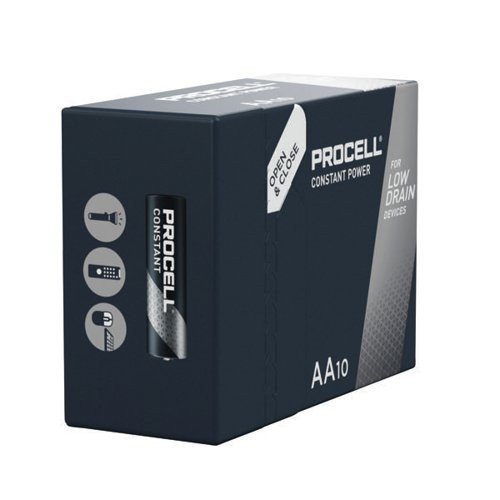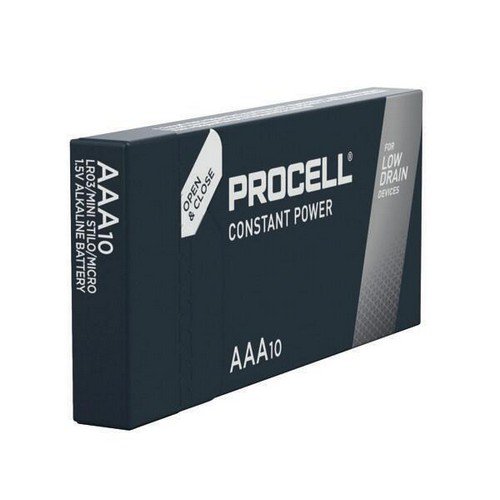
Wireless microphones have been used for decades, but what was once an expensive luxury for select venues and performers, is now an affordable reality for everyone. As with all professional audio products, there are specific microphones for different uses.
- Handheld, Tie Clip or Headworn?
A tie clip microphone (otherwise known as a lavalier microphone) like the Sennhiser EW 100 G4-ME2-E are perfect for use by a single performer or presenter. The discrete microphone can be clipped onto clothing and is barely noticeable to the audience or cameras.
Hand Held wireless microphones such as the Sennheiser EW100 G4-835-S are a great choice if you want to pass the microphone between people at events such as panel discussions or award shows.
If you want the best of both worlds, why not consider the Sennheiser EW100 G4-ME2/835-S-GB which includes both a tie clip microphone and held microphone as well as the base station, which receives the sound signals from your microphone and outputs them to a mixing or recording device.
Headworn microphones are a popular choice with presenters and performers who need to keep their hands free and clipping a microphone to clothing might not be the best option. Headworn microphones can be a specific headset microphone, or a lavalier microphone which is clipped to the hairline of a singer or performer in drama or musical theatre productions. These types of microphones usually produce the best sound.
- Microphone Capsule
Microphone Capsules convert sound waves into electronic signals, which are transmitted from the microphone to the receiver and then into other audio processing equipment such as a PA system, TV or camera. There are two primary types of microphone capsule: dynamic and condenser.
Dynamic microphones are ideal for capturing loud sounds such as instruments or vocals in live entertainment. They are cheap and durable, but not very sensitive to quiet sounds. These mics are best suited for a live event with lots of background noise and movement.
Condenser microphones are more accurate than dynamic mics and capable of capturing complex sounds with a greater range of frequencies. These mics are best for theatre performances or in a recording studio. Condenser mics are more expensive and fragile. However, in the right environment and application, there is no better option!
- Cardioid or Omnidirectional
Omnidirectional microphones pick up noises from any direction and are great at picking up sounds on a stage. With this in mind, omnidirectional mics aren’t as good if there is a lot of background noise you don’t want to collect, for example, if you are recording a person’s voice outside on a windy day. While the person’s voice will still be picked up, it will also pick up the traffic going past and the hissing sound of the wind.
A Cardioid Microphone is most sensitive to the sounds made directly in front of it. If a performer is singing on a stage, using a correctly placed cardioid microphone will help to isolate any ambient noise, such as the audience whereas an omnidirectional mic would get a bit of everything.
- UHF Channels and Licenses
UHF (Ultra High Frequency) connectivity refers to how your wireless microphone connects to the base station. If a mic has UHF, it reduces the amount of interference and improves the audio quality.
If you're running less than four wireless mics in your venue, you can do so using a specific license free frequency range of 863 to 865 MHz (often called channel 70). If you need more, you can purchase licenses from Ofcom to use channel 38 (606.5 to 613.5 MHz). This will allow you to run up to 10 wireless mics in your venue. Details on what kind of license you’ll need and the relevant fees can be found on the Ofcom website.
There is an exception to the UHF methods discussed, which allow quick setup of a small number of microphones. 1.9 and 2.4 GHz are common commonly used frequencies which are easy to connect to. However, these frequency bands are routinely used by cordless phones and Wi-Fi routers, so interference is more likely.
- Batteries
Making sure your wireless mic is fully charged and lasts for the big show is of paramount importance. When it comes to batteries, you have two choices. Built in lithium power packs are popular because they hold a lot of charge and can be recharged between performances. However, if one suddenly dies, this could leave you without a microphone unless you have spare battery packs ready to go.
The other option is standard batteries such as AAA or AA batteries. Although they need changing regularly, they can quickly be swapped out in the event of battery failure. Both options are perfectly viable providing good battery management and battery charging practices are followed.
- Build Quality
How often are you going to use your wireless mic? If it's only for occasional use, you'll get away with less durable build quality. But, if you're buying wireless microphones for daily use in a professional performance space, you'd be well advised to go for a high-quality microphone by Sennheiser, a leading manufacturer stocked by Tega Audio Visual
Sennheiser microphones are designed for professional use—day in, day out. Constructed from the highest-grade materials, with high quality electronics designed and manufactured in Germany, you won't find a better-quality wireless microphone than Sennheiser.
Wireless microphones are a versatile piece of professional audio technology which offer many benefits to venues and production companies. Whilst there are many points to consider, we’ll help you every step of the way.





